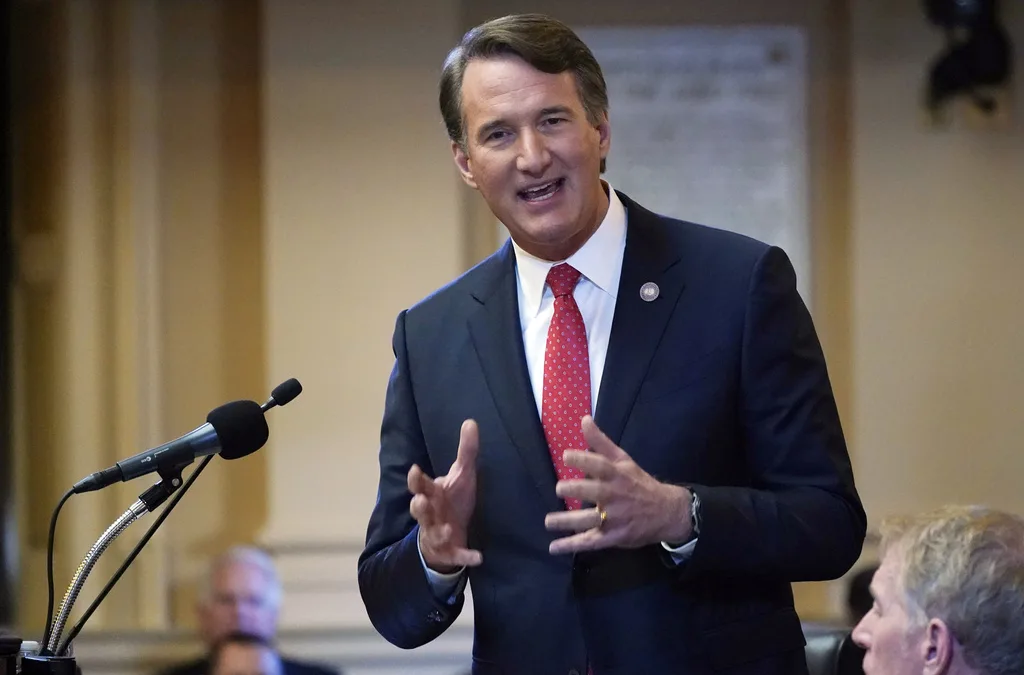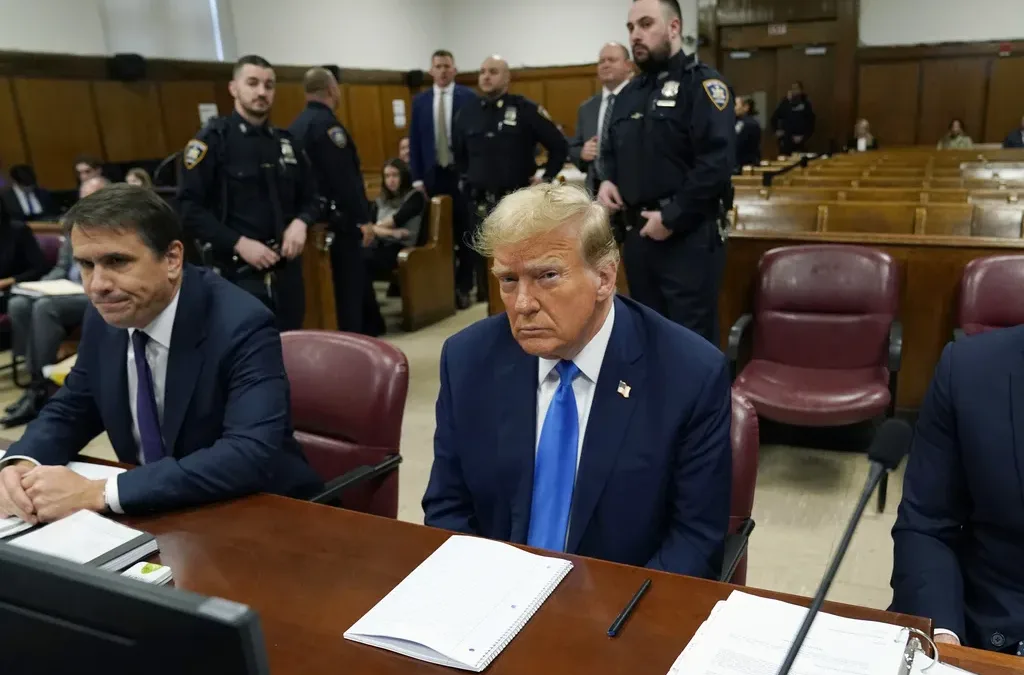
In this Oct. 27, 2020, Artist Suzanne Brennan Firstenberg walks among thousands of white flags planted in remembrance of Americans who have died of COVID-19 near Robert F. Kennedy Memorial Stadium in Washington. (AP Photo/Patrick Semansky, File)
Exit polls found that nearly half of American voters believe containing the coronavirus is a top issue in the country.
On Wednesday, the US recorded 103,000 new cases of coronavirus infection—the single highest count reported in one day since the start of the pandemic—and 1,100 deaths from the disease. Experts expect transmissions to worsen and hospitalizations to increase as winter drives people indoors, where the virus can spread more easily.
The nationwide weekly average of new cases is more than double what it was two months ago, in September, confirming that another surge is underway. As millions of Americans cast their ballots on Tuesday, the US recorded 91,530 new COVID-19 infections, and Idaho, Maine, Minnesota, New Mexico, Ohio, and Pennsylvania all reported their highest one-day count that day.
Early exit polls and voter surveys found that nearly half of Americans believe containing the spread is more important than costs to the economy, and more than 4 in 10 voters said it was the most important problem facing the country.
Opinions diverged along political lines. Those most concerned with national health favored Democratic nominee Joe Biden, while others citing worries about the economy sided with President Donald Trump. Trump supporters viewed the pandemic as at least somewhat under control, while Biden backers rated it “not at all under control.”
RELATED: The Third Wave Is Here—and the FDA’s Approved COVID Treatment Is Not a Cure
Biden has made improving the nation’s pandemic response a key pillar of his seven-point plan for stopping COVID. Priorities include making free testing widely available by doubling the current number of testing sites and investing in rapid, at-home testing kits; bumping up manufacturing of personal protective equipment; developing criteria with the Centers for Disease Control and Prevention (CDC) to help guide the opening and closings of businesses, schools, and other facilities; and eliminating the costs associated with treatment.
The presidential candidate, who is currently leading in the electoral vote count, also plans to create a COVID-19 Racial and Ethnic Disparities Task Force in order to protect vulnerable populations. He hopes to restore the White House pandemic office, which Trump dissolved in 2018, and to restore America’s membership in the World Health Organization. The plan’s final point is to encourage governors to instate and enforce masking.
Referencing the plan, Dr. Leana Wen, a professor of health policy and management at the George Washington University Milken School of Public Health, told Time Magazine: “I couldn’t stop thinking, ‘What if we had this all along during the pandemic?’ What a different place we would be in.”
Over the past several months, Trump has repeatedly promised Americans would have access to a COVID-19 vaccine, even going so far as to suggest one would be ready by Election Day. However, drug companies are still evaluating the efficacy of the vaccine candidates they’ve developed thus far. As Newsweek reports, globally, there are 47 potential vaccines still at their clinical evaluation stage, and 10 of those are in phase three trials.
Even if Biden does ultimately win the White House, Trump’s current term doesn’t end until Jan. 20, 2021. Until then, 100,000 more Americans will likely die from the virus if the nation doesn’t shift course, Dr. Robert Murphy, executive director of the Institute for Global Health at Northwestern University’s Feinberg School of Medicine, told the Associated Press.
As of Thursday afternoon, 9.5 million Americans had contracted the virus, and more than 234,000 people had died.
Politics

Opinion: The problem with Youngkin’s Charter-Lab schools push in 2024
The Problem Governor Glenn Youngkin introduced 233 amendments to the bipartisan budget so it was hard to know how to assess his budget–for example,...

What to know about Trump’s legal issues
Over the past year, former president Donald Trump has become the center of not one, not two, not three, but four criminal investigations, at both...
Local News

Virginia verses: Celebrating 5 poetic icons for National Poetry Month
There’s no shortage of great writers when it comes to our commonwealth. From the haunting verses of Edgar Allan Poe, who found solace in Richmond's...

Join the fun: Recapping Family Literacy Night’s storybook adventures
When’s the last time you read a book aloud with a loved one? If it’s difficult to answer that question, then maybe it’s time to dust off that TBR...




